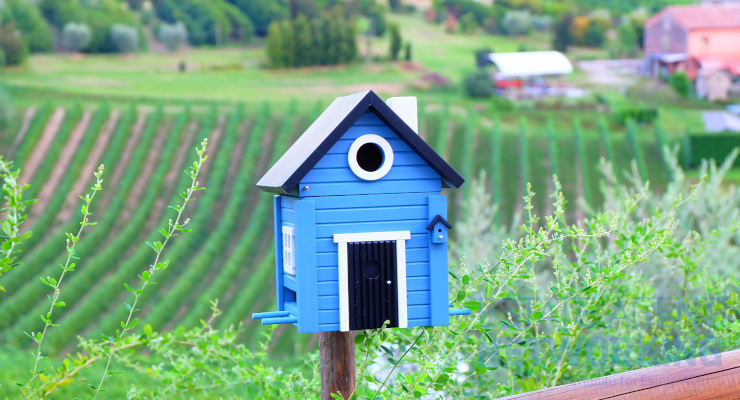Trends in the Australian Property Market to Look Out For in 2019
The years between 2012 and 2017 were some of the most significant growth years in the Australian property market. However, over the past year, the median property price across state capitals has dropped by as much as 5 per cent.
That period of growth had rendered properties unaffordable especially in Sydney and Melbourne. The dip, however, is expected to see property prices in major cities drift downwards in the first three to six months of 2019. The tighter than usual lending restrictions imposed by major banks is not helping either.
So, what does this mean for the Australian property market in 2019? Here are some of the major trends to look out for:
1. Continued Uncertainty
The fiscal and economic outlooks carry some degree of uncertainty. We are headed to an election year, and most pundits are favouring a Labor victory. If Labor wins the day, they have already told anyone who will listen about their plan to cut back on Capital Gains Tax and Negative Gearing incentives. It remains to be seen, however, what kind of effect it will have on property markets if they do follow through on that plan.
Will interest rates shoot or will the market crash? Will rents go up or will housing become more affordable? Will the building sector receive support from potential legislative changes to limit negative gearing to new construction only?
All this remains to be seen, and this is why uncertainty is going to be a key theme in the property market for the better part of 2019.
2. Build-to-Rent
2019 may finally be the year when the building to rent concept finally leaves an indelible mark in the Australian property market. A consortium of some of Australia’s leading nonprofits and providers of affordable housing are estimating that the country will need approximately 500, 000 affordable housing units, some 300,000 new houses for Aboriginal housing, and about 200,000 inexpensive housing units for middle and low-income earners by 2026.
In countries where the build to rent model has been successfully implemented, it usually involves investors partnering up with the government and developers to construct quality homes with the sole purpose of putting them up for rent at an affordable cost to long-term tenants.
The main aim of the build to rent model is to encourage investors to change their views on residential properties, and view them more as retail spaces, offices, and infrastructure, therefore, as low-risk investments.
With the continued need for affordable housing, investors stand to benefit a lot from this model. Nonetheless, for the model to work to its full potential, the government’s involvement is critical. This could come in the form of tax incentives that would encourage more investors to get involved.
And for investors who decide to get involved, looking into property management will be essential as it will ensure that their investments perform as they should. You can learn more about property management fees here.
3. Augmented Reality and Virtual Reality
Forecasts show that with the continued adoption of virtual reality across multiple sectors and industries, the virtual reality industry is expected to be worth nearly $30 billion by 2020.
When it comes to its application in the real estate industry, Virtual Reality will make it possible for potential renters and buyers to have a virtual tour of the property from any place in the world, and at any time. This will mean that the property is going to be open for inspection 24/7, thus allowing potential clients and agents to save money and time while enhancing engagement and efficiency.
Augmented reality, on the other hand, utilises apps that superimpose the computer-generated image of an object into real life. This enables you the capability to do something such as virtually decorate a space using your smart device. This capability will enable developers and brokers to showcase the potential of an unfinished project by presenting a desirable lifestyle.
4. Adoption of Bots
Consumers today are not as patient as they used to be. They want to be served with immediacy, with the answers to their questions being answered as soon as they ask them. Any real estate company looking to thrive in the industry must, therefore, aim for excellent 24/7 customer service in order to make its clients happy.
As such, relying on human resources for all of your customer service is no longer feasible. This is where real estate robots such as virtual assistants, chatbots, and voice bots come in. They not only answer customer queries in real-time, but they also allow you to direct your focus to more important things.
The real estate market is currently undergoing a metamorphosis. As such, it is imperative to know what to expect before you make any decision. Consider the above trends before committing to a decision.
Free title image from Pixabay.









